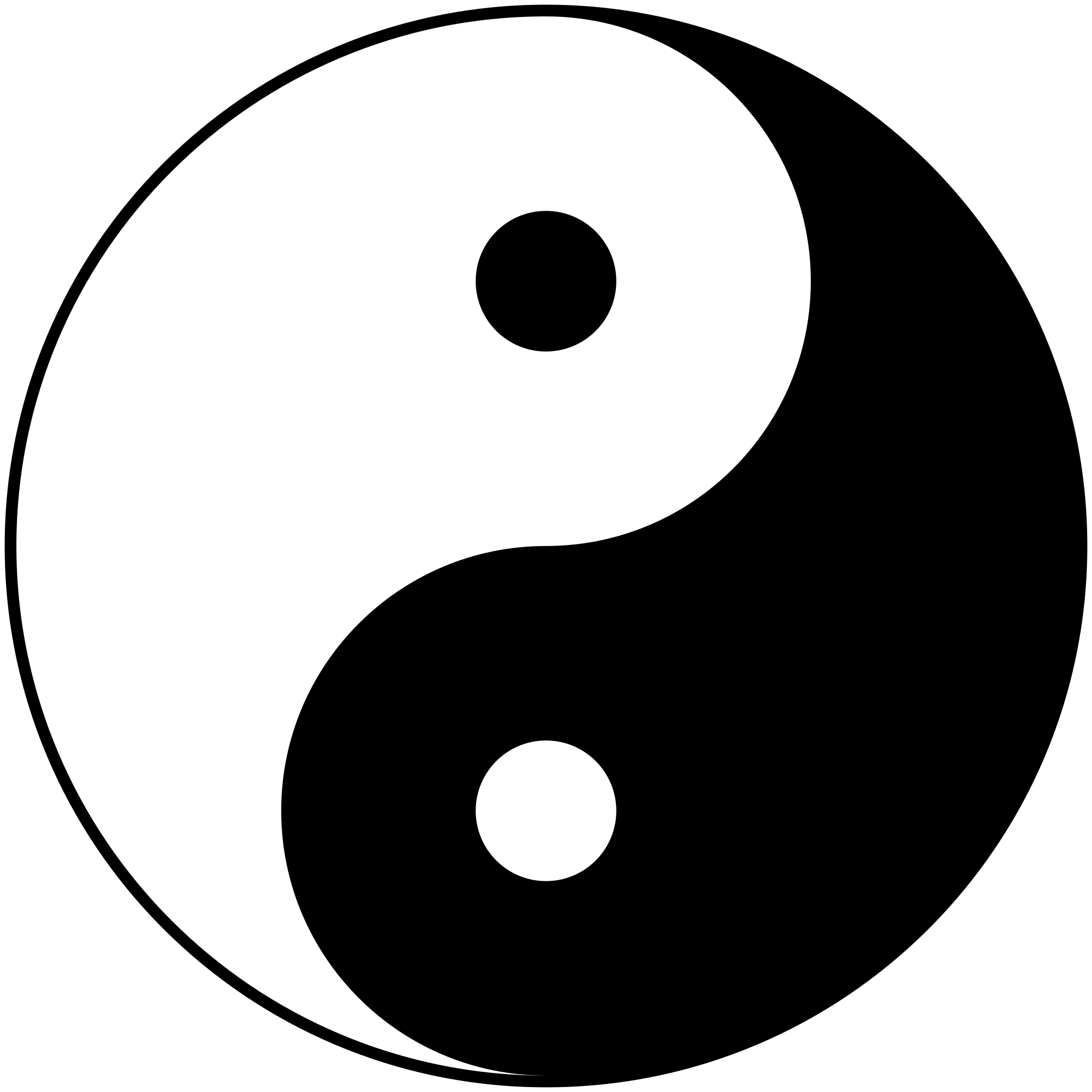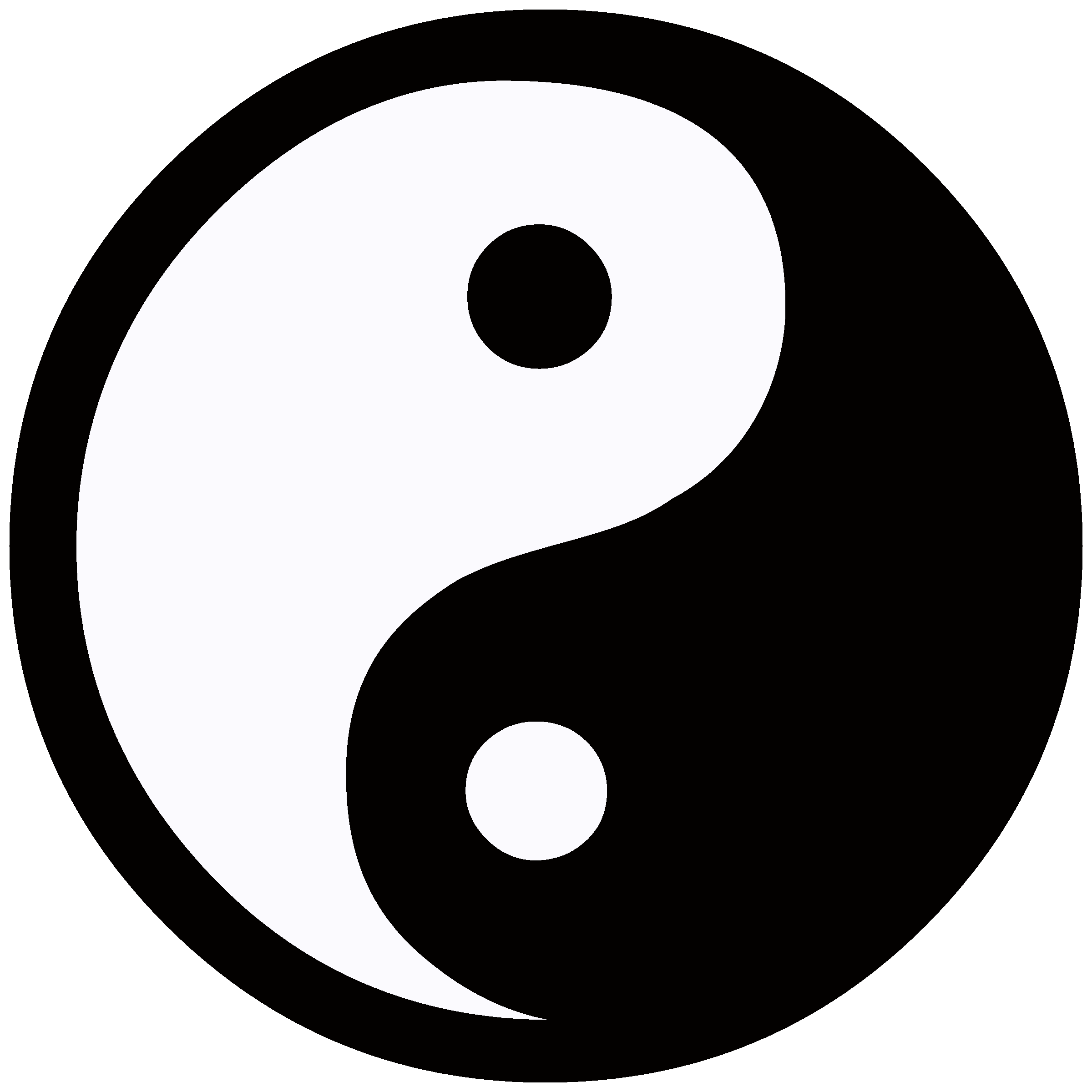
#Yin and yang free
The idea, then, is to act according to the Tao, free from selfishness. That is, through the Wu Wei, or ‘doing without doing’, it is how people can act without obstructing the Tao, free from any manifestation of self-centeredness.

Within Taoism, life is lived without blocking the way of things. This means that what “is” must not be obstructed. Every action that goes against the Tao can affect the natural course that things follow. This harmony indicates that there is a way (Tao) that is followed naturally in the universe. They are not separable, and yet they are distinct. In this way, in Taoism, yin and yang are present in all things and creatures. It allows them to reach a state of harmony. In chapter 42, the Tao Te Ching makes explicit reference to the relationship of yin and yang to the Tao:Īll things carry with them the negative force of Yin,Īt the same time they embrace the positive force of Yang. In the Tao Te Ching or The book of the Tao and its virtue, which is a text attributed to Lao Tzu (around the 4th to 6th centuries BC), the foundations of Taoism are laid. This book focuses on the Tao and its relationship with the complementary energies yin and yang, without defining any, although pointing out their importance within the vital flow of the universe and its harmony. Within the Taoist tradition, nature and its cycles must be respected, so following the Tao allows each being to act in accordance with the creative harmony of the universe. Likewise, the Tao is present in all things, and humans are an expression of it.

Work in the fields (outside the home) and provision of food. It is associated with the masculine, strong and tough.



 0 kommentar(er)
0 kommentar(er)
